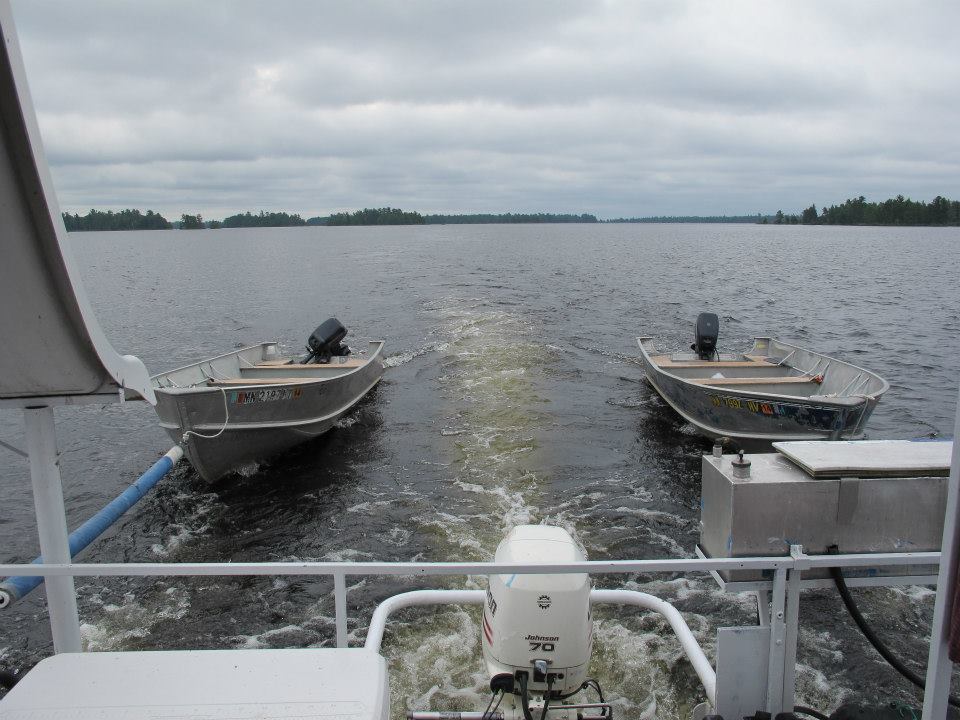CliffA
Well-Known Member
- Dec 29, 2009
- 4,712
- Boat Info
- 2001 Sea Ray 340DA
Name: 'Happy Place'
4.5kW West. Generator
Purchased Nov. 2014
Fresh Water Use
- Engines
- Twin Merc. 6.2L (MPI)
640 hp (Total)
Raw Water Cooled
V-Drive Transmissions
please forgive my complete ignorance of this subject....advise and opinions are welcome...
we have been considering getting a small dinghy to gain access to waterfront restaurants and to use when going to shore when we are camping on the hook....I am looking at dinghy options and have a couple basic questions before I get too deep into this.....we are wanting to pull the dinghy behind the boat which is a 340DA....we don't want to use davits or any other method to haul the dinghy on the swim platform.....most likely we will use a trolling motor for propulsion since we will not be traveling any significant distances in the dinghy.....
1. if I tied the dinghy to one of the stern eyes with a rope will it track in a straight line behind the boat?....we are on an inland lake so weather conditions are usually not a concern.....we will be traveling at 'cocktail speed' around 9 - 10 mph...
2. does it mater if the dinghy has a sharp pointed bow with a V shape or a shallow hull with a rounded bow in the way it would track behind the boat while being pulled?
3. does length/weight of a dinghy matter as to how well it tracks behind a boat?
4. does a hard shell dinghy track differently than an inflatable dinghy?
5. does having a hard floor in an inflatable dinghy make a difference in how it tracks?
6. what would be a good distance to pull the dinghy behind the boat?.....could I use a very short rope say 5 ft?
thanks in advance for any replies or suggestions....
cliff
we have been considering getting a small dinghy to gain access to waterfront restaurants and to use when going to shore when we are camping on the hook....I am looking at dinghy options and have a couple basic questions before I get too deep into this.....we are wanting to pull the dinghy behind the boat which is a 340DA....we don't want to use davits or any other method to haul the dinghy on the swim platform.....most likely we will use a trolling motor for propulsion since we will not be traveling any significant distances in the dinghy.....
1. if I tied the dinghy to one of the stern eyes with a rope will it track in a straight line behind the boat?....we are on an inland lake so weather conditions are usually not a concern.....we will be traveling at 'cocktail speed' around 9 - 10 mph...
2. does it mater if the dinghy has a sharp pointed bow with a V shape or a shallow hull with a rounded bow in the way it would track behind the boat while being pulled?
3. does length/weight of a dinghy matter as to how well it tracks behind a boat?
4. does a hard shell dinghy track differently than an inflatable dinghy?
5. does having a hard floor in an inflatable dinghy make a difference in how it tracks?
6. what would be a good distance to pull the dinghy behind the boat?.....could I use a very short rope say 5 ft?
thanks in advance for any replies or suggestions....
cliff
Last edited:




